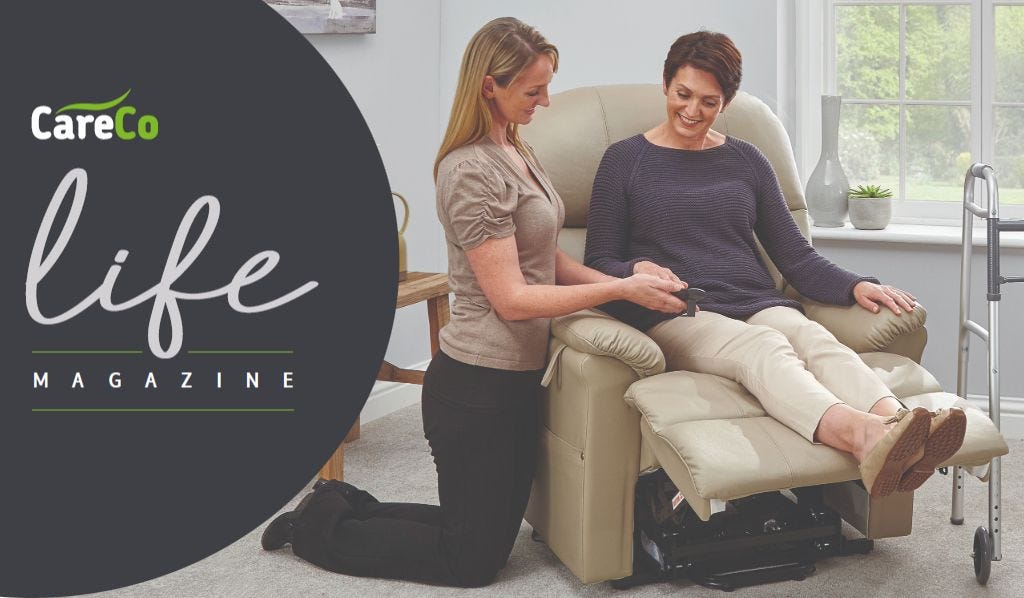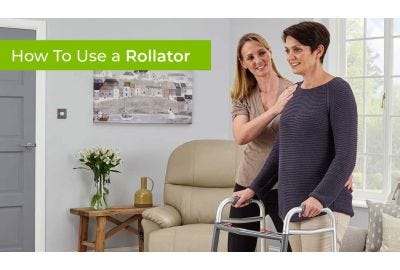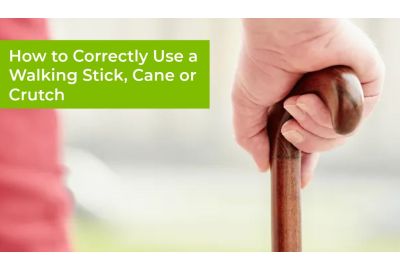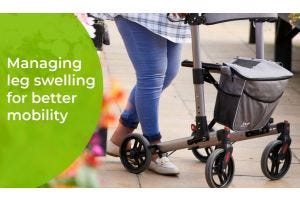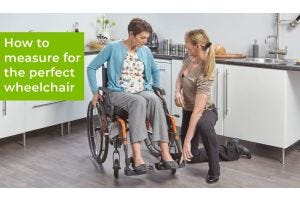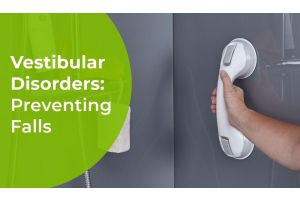An Occupational Therapist's guide to maintaining mobility as you age.
Mobility is the key to independence, but staying active can become more challenging as we age. Occupational Therapist Natasha Bruce Jones offers practical advice to help you stay on your feet, keep moving, and enjoy life to the fullest.
Exercise
Find what works for you
Exercise might seem like the obvious answer to maintaining mobility, but it can feel daunting if you struggle with balance or coordination. The good news is there's a way to move for everyone. Chair-based exercises, stretching, and resistance training are excellent options for those with limited mobility. Stretching keeps joints flexible and muscles limber, while resistance exercises can help maintain a stable walking gait and prevent further injuries.
"Exercise should be enjoyable, not uncomfortable," Natasha says. "Low-impact options like swimming, aqua classes, or seated exercises can be gentle, fun, and sociable. Warm water, in particular, can ease joint pain, making these activities even more appealing. Bowls, curling, boccia, and pétanque are fantastic choices for those who enjoy games, blending movement with social interaction."
Don't hesitate to explore local leisure centres—they often offer adapted classes and personalised programmes to help you exercise safely and confidently.
Home safety
Create a mobility-friendly space
A well-designed home can make all the difference in staying mobile. Natasha advises assessing your living space for potential hazards.
Thick rugs, trailing wires, or cluttered furniture can easily become tripping points. "Good lighting is essential," she adds, "as it helps you navigate your home safely, especially in dimly lit areas."
Small adaptations can boost both confidence and independence. Ensure your home is spacious enough for accommodative walking aids, and consider helpful tools like grabbing sticks or wheeled trolleys. These can assist with daily tasks, such as picking up items or transporting a cup of tea, without compromising your balance. Even dressing aids can make bending and stretching safer, empowering you to maintain independence in your daily routine.
Nutrition and movement
Fuel your mobility
What you eat has a direct impact on how you move. A balanced diet of fruits, vegetables, lean proteins, and whole grains supports strong muscles and bones. Calcium and iron are especially important for maintaining bone health, while good hydration helps regulate blood pressure and prevent dizziness.
"Eating well gives you more energy and motivation to stay active," Natasha explains. "Walking outdoors daily can further enhance your mental and physical health. Even if walking feels unsupported, mobility aids like canes or rollators can provide the support you need to stay independent."
And finally...
Seek the right support
Natasha emphasises the importance of finding mobility aids that suit your specific needs. "There's a wide variety of options, from crutches to wheeled walkers, that can make a world of difference," she says. Brands like CareCo offer a range of products designed to keep you mobile and confident.
"Ageing happens to us all," Natasha concludes. "But with the right tools, advice, and mindset, you can maintain your independence and live a fulfilling life."
By incorporating these strategies into your routine, you'll not only improve your physical mobility but also enhance your overall quality of life—because staying active is a key ingredient for ageing gracefully.
If you have any questions for our resident occupational therapist, send an email to life@careco.co.uk
There's a wide variety of options, from crutches to wheeled walkers, that can make a world of difference.


 Price Match Promise
Price Match Promise
 Next day delivery, 7 days a week
Next day delivery, 7 days a week
 Nationwide Showrooms
Nationwide Showrooms
 Rated Excellent
Rated Excellent
